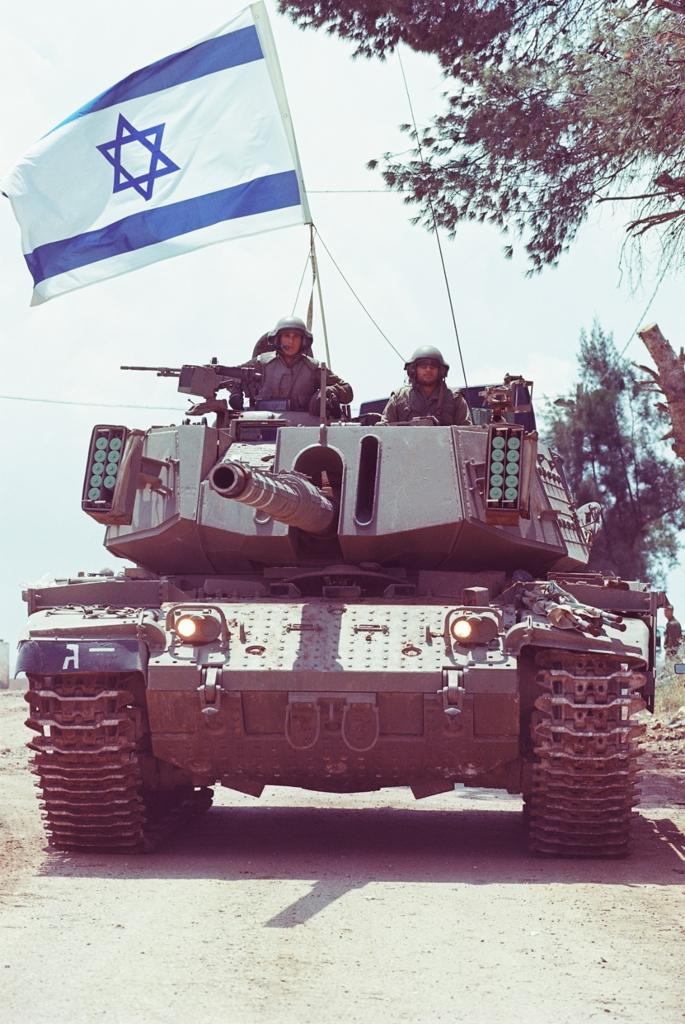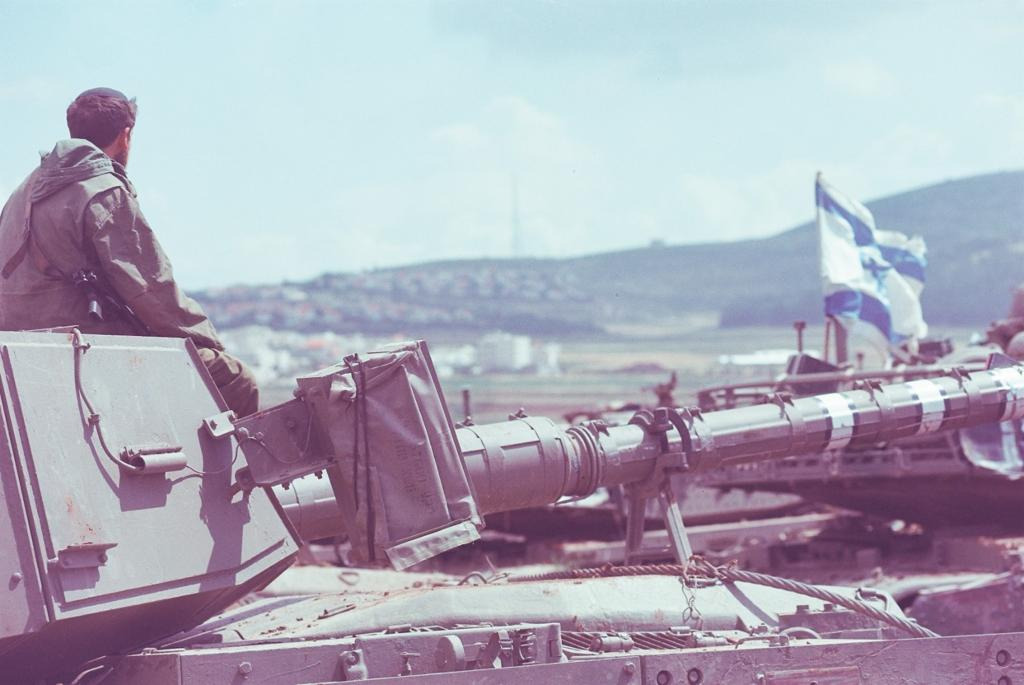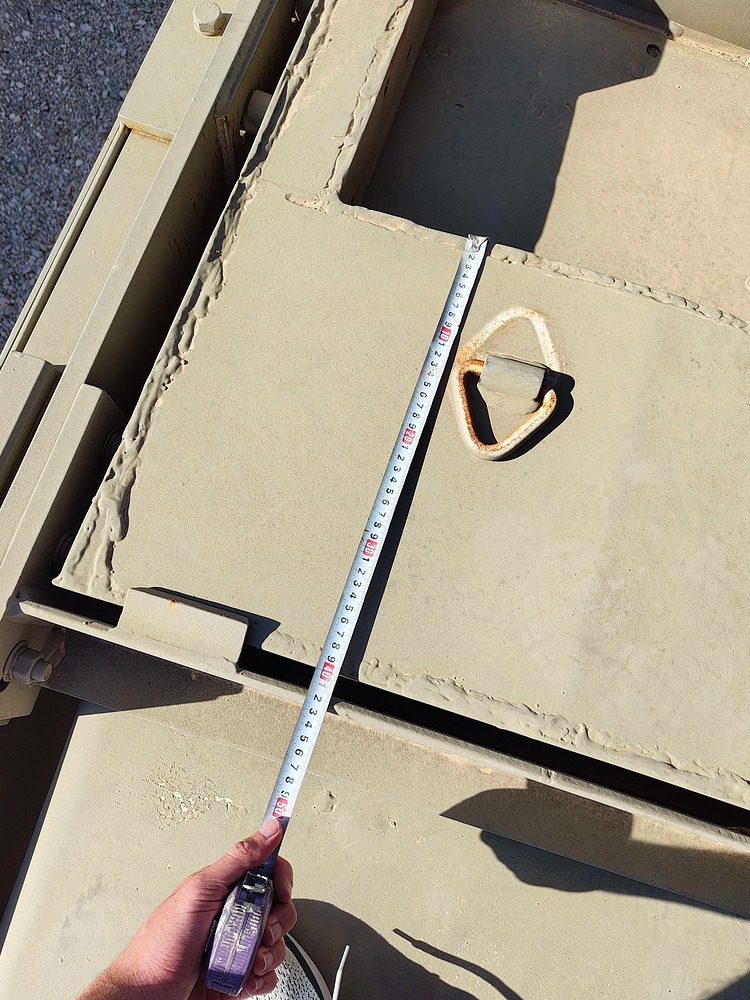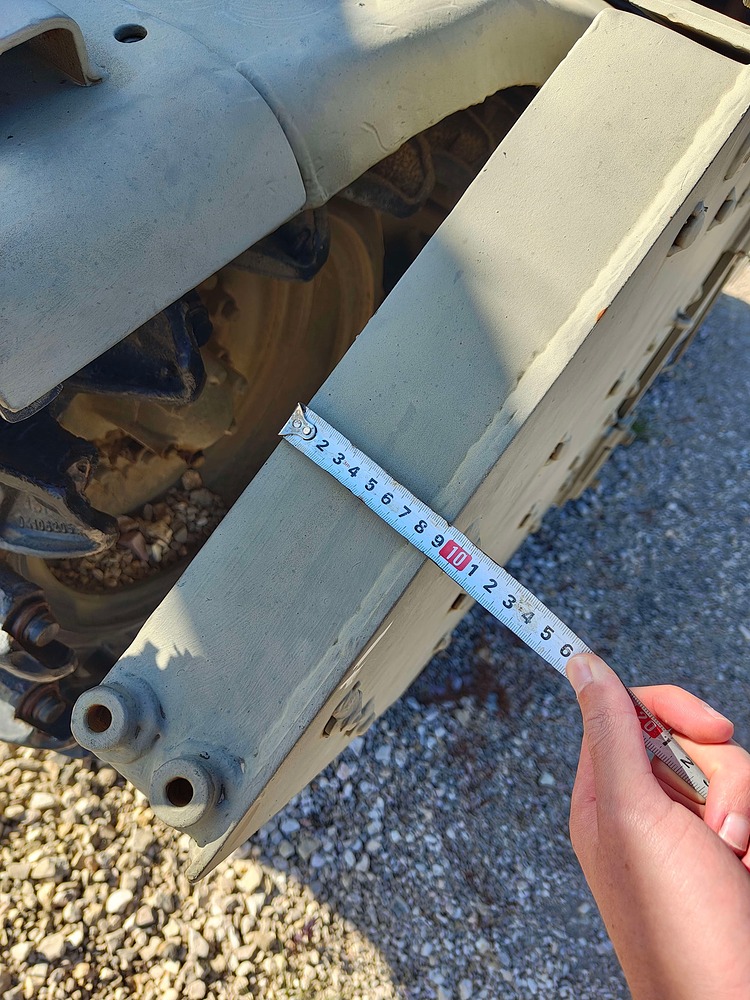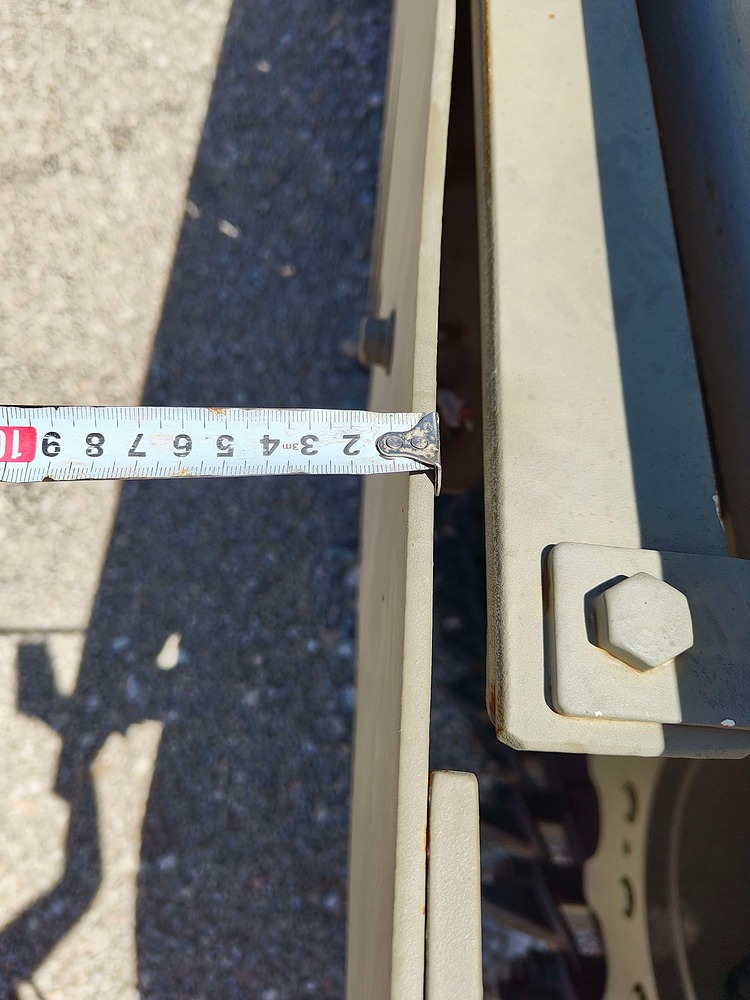- Yes
- No
Magach 7A: the first Magach to feature composite armour
History
After the Yom Kippur War in 1973, the IDF turned its attention to the protection and survival of the tank and its crew. The first major solution implemented by the IDF in this regard was the Blazer ERA (known as “Baltan” by the IDF). Blazer proved very effective against shaped-charge munitions of that era, but it provided no protection against kinetic threats.
In the following years a new type of add-on armour was developed, based on passive ballistic protection, which is effective against kinetic threats and, to a lesser degree, against chemical warheads. This type of armour would be later used to create the add-on armour for the Magach 7A/7C, Merkava Mk.2 and 3, the Achzarit APC, and other AFV.
The first design of the Magach 7 was developed by IMI Taas, which consisted of an add-on armour package to be mounted over the Magach 6M. A sheet metal mock-up was built to showcase the configuration of the armour. The design was finally approved for production in 1986.
Entry into service of this model began in 1986 and ended in 1988. The service of the Magach 7A started in the 500th Brigade. The crews operating this tank quickly noticed some problems with this new machine. The new armour suite blocked the view of the crew while inside the tank (especially the commander). Another major problem was the poor power to weight ratio given by the added armour and the usage of the old engine and transmission. These problems would be later fixed with the “Gimel”, or C, version of the Magach 7.
The Magach 7A mostly saw use in routine security duties, although it took part in the operation “Defensive Shield” in 2002.
Specifications
Armour:
The new armour package is the main new feature of the Magach 7A.
As mentioned in the history paragraph, the tank uses a new type of passive (or composite) armour, which envelopes the areas of the tank where the crew is located and is most vulnerable.
The new armour uses a flat approach, attaching the new composite panels onto the round shapes of the M60 cast turret thanks to special mounting points. Add-on armour was also added to the hull’s upper and lower glacis.
The thickness of the new armour modules is quite impressive and is made even more effective on the front of the turret by creating an air gap between the composite armour and the steel armour of the turret and mantlet. The following photos provide a clear view of the add-on modules.
The turret ring was also protected by 2 composite blocks located on the front track fender. They are 400mm thick.
The sides of the tank are reinforced by a series of 8 side skirts modules. The first 2 panels are made of composite materials and provide the most protection. Real life measurements of the panels show them to be 90mm thick. The remaining 6 panels are made of 5mm thick RHA.
The rear turret bustle rack has been changed and enlarged compared to the Magach 6M model.
Firepower and fire control ststem (FCS):
The Magach 7A uses the Nachal Oz FCS, an Israeli made system that enables semi-automatic firing corrections and tracing of the target. The gunner sight consists of a day channel, occupied by EL-OP’s mini laser rangefinder, and a night channel with a thermal imager. The commander had access to the gunner’s thermal imager through a monitor installed in his position. The old M17 optical rangefinder, typical of M60 tanks, was removed from the left side of the turret, leaving only the right lens for the commander as a backup sight.
A crosswind sensor is installed on the top of the turret. The tank could be equipped with a laser warning system, Moked’s “Third Eye”.
The gun, the Israeli licensed copy of the American M68 105mm cannon known as “Sharir”, is fully stabilised on 2 axis and is fitted with an Israeli made thermal sleeve.
On the roof there are mounting places for 2x 7,62 FN MAGs (commander and loader) and 1x .50cal M2 Browning on the top of the mantlet.
The gun is capable of firing all 105mm NATO and Israeli rounds and the ammunition storage capacity and layout is the same as in a base M60: 57 rounds.
The tank is also fitted with 2 IS-10 CL-3030 smoke launchers, for a total of 20 smoke grenades ready to be deployed in front of the tank.
An IMI 60mm mortar is also located outside the tank, on top of the turret, to the right of the commader’s cupola. This mortar could fire a variety of shells, including smoke grenades.
Mobility
The Magach 7A uses the 750HP AVDS1790-2AG engine coupled with the CD850-6A transmission.
The original T97 tracks have been replaced by Merkava 1/2 tracks.
The tanks weight is between 54 and 55 tonnes, making it very heavy and giving it a very poor power-to-weight-ratio. This is one of the main complaints that the crew had regarding this tank, which would be later fixed on the 7C version with increased engine power.
Spoiler


Specs sheet
Mass: 54-55t
Length: 6,9m (hull), 9,3m (with gun forward)
Width: 3,6m
Height: 3,2m
Crew: 4
Armour: Cast steel, rolled homogeneous steel, and add-on composite panels
Armament: 105 Sharir (M68) cannon, 3x 7,62MG, 1x .50cal MG, 2x IS-10 smoke launchers, IMI 60mm mortar
FCS: Nachal Oz
Engine: 750HP AVDS1790-2AG
Power/weight ratio: 13,63hp/t
Transmission: CD850-6A
Suspensions: Torsion bar
Additional photos
Sources
- Magach 7, IDF Patton M60, Magach 7 & 7 Gimel in IDF service - Part 2" no. 33 by Michael Mass and Adam O’Brien
- Modern Israeli tanks and infantry carriers1985-2004 by Marsh Gelbart
- https://www.fresh.co.il/vBulletin/showthread.php?t=561190&highlight=����
- Magach 7A : Israel (ISR)
- “Shiryon Archive” Discord server, dedicated to the research and study of Israeli armour. Used for the acquisition of photos and images






